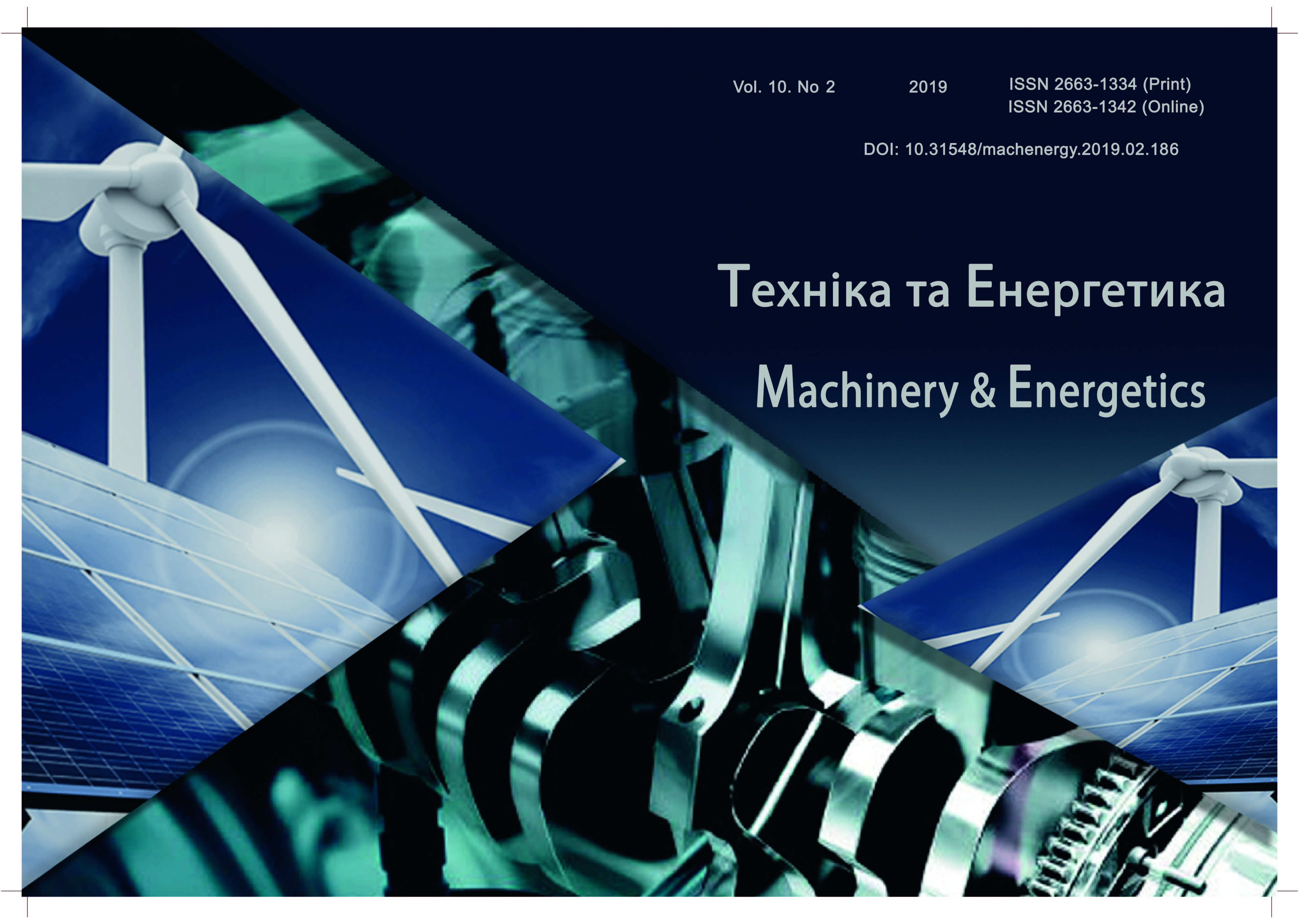Rolling of poligon on curvinal profile
DOI:
https://doi.org/10.31548/machenergy2019.02.147Keywords:
equilateral polygon, curved profile, roll-ing, chain line.Abstract
Rolling a flat figure in the form of an equi-lateral polygon along a curvilinear profile is considered in the article. The profile is periodic and is formed by the successive repetition of the arc of the symmetric curve in the straight-line direction. The equation of the curve from which the curvilinear profile is constructed is found pro-vided that the center of the polygon, when rolling it on the profile, must move on a straight line. Rolling occurs in the absence of slip, so the length of the arc of the curve is equal to the length of the side of the polygon. When connecting adjacent arcs of a profile, a return point is formed at which tangents to both arcs can be drawn. The angle between these tangents must be equal to the angle be-tween the adjacent sides of the polygon. For example, for a square, this angle is straight. This condition is necessary to ensure a smooth rolling of the polygon at the origin of its vertex through the return point.
Based on the relationship between the sides and the angles of the considered figures, one of which is rolled over the other, a first-order differential equation is constructed which has an analytical solution. This solution is an explicit equation of the wanted curve. The transition from the explicit to the natural equation reveals that the curve found is a known chain line. The coordinates of the points on the curve that limit the arc of the desired length
are found. The expression for determining the period of curvilinear profile is given.
The expression for determining the period of curvi-linear profile is given. When moving a three-edge along a plane curve, one orth is tangent to it, and the second is perpendicular to the first. In the system of these two mu-tually perpendicular orts (tangent and principal normal), a relative motion of a point is given, which simulates the rolling of the tangent along the curve. The sum of two motions - the relative motion of a point in the system of the three-edge and the figurative movement of the three-edge itself on the curve - gives the absolute trajectory of the point. To apply this approach, it is necessary to have an equation of the curve in the function of the length of its arc. For this equation, the natural equation of the chain line was taken. The equation of the relative motion of a point, which is the center of the polygon, in the moving system of the accompanying three-edge was drawn up. When adding relative and portable motions, an absolute trajectory was obtained, which is a straight line. It confirmed the fact that the curve is the chain line. The corre-sponding statement is formulated in the article. It is also shown that the number of sides of a polygon should be more than three. For a triangle, rolling becomes impossi-ble at the point of return of the curvilinear profile.
References
Zaika P. M. (1992). Selected tasks of agricultural mechanics. Kyiv. USHA Publishing House, 507.
Savelov A. A. (1960). Flat curves. Systematics, properties, applications. Moscow: Fizmatgiz, 294.
Hilbert D., Kon-Vossen S. (1981). Visual geome-try. Ed. 3rd Moscow: Science, 344.
Rudenko S. Yu. (2011). Geometric modeling of the trajectory of the focus of the ellipse, which rolls in a straight line. Against TDAT. Applied geometry and engi-neering graphics. Vol. 49, No. 4, 171 - 177.
Pylypaka S. F. (2006). Theory of complex motion of a material point on a plane. Part One. Absolute speed and trajectory. Electrical engineering and mechanics. №1, 84-94.
Downloads
Published
Issue
Section
License
Relationship between right holders and users shall be governed by the terms of the license Creative Commons Attribution – non-commercial – Distribution On Same Conditions 4.0 international (CC BY-NC-SA 4.0):https://creativecommons.org/licenses/by-nc-sa/4.0/deed.uk
Authors who publish with this journal agree to the following terms:
- Authors retain copyright and grant the journal right of first publication with the work simultaneously licensed under a Creative Commons Attribution License that allows others to share the work with an acknowledgement of the work's authorship and initial publication in this journal.
- Authors are able to enter into separate, additional contractual arrangements for the non-exclusive distribution of the journal's published version of the work (e.g., post it to an institutional repository or publish it in a book), with an acknowledgement of its initial publication in this journal.
- Authors are permitted and encouraged to post their work online (e.g., in institutional repositories or on their website) prior to and during the submission process, as it can lead to productive exchanges, as well as earlier and greater citation of published work (See The Effect of Open Access).

